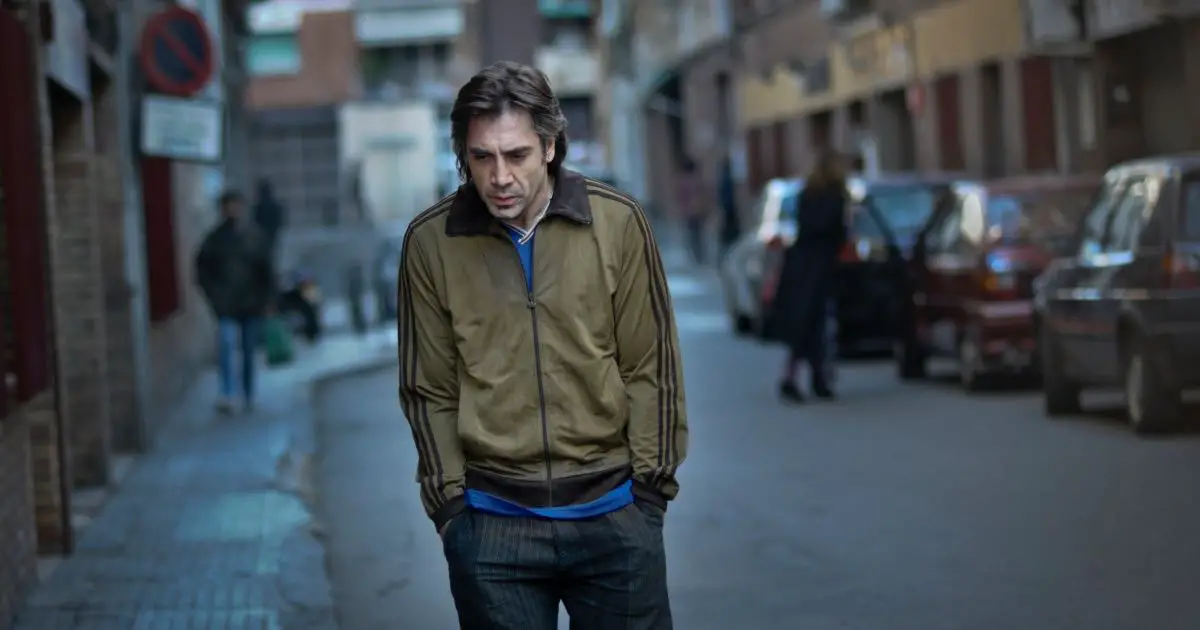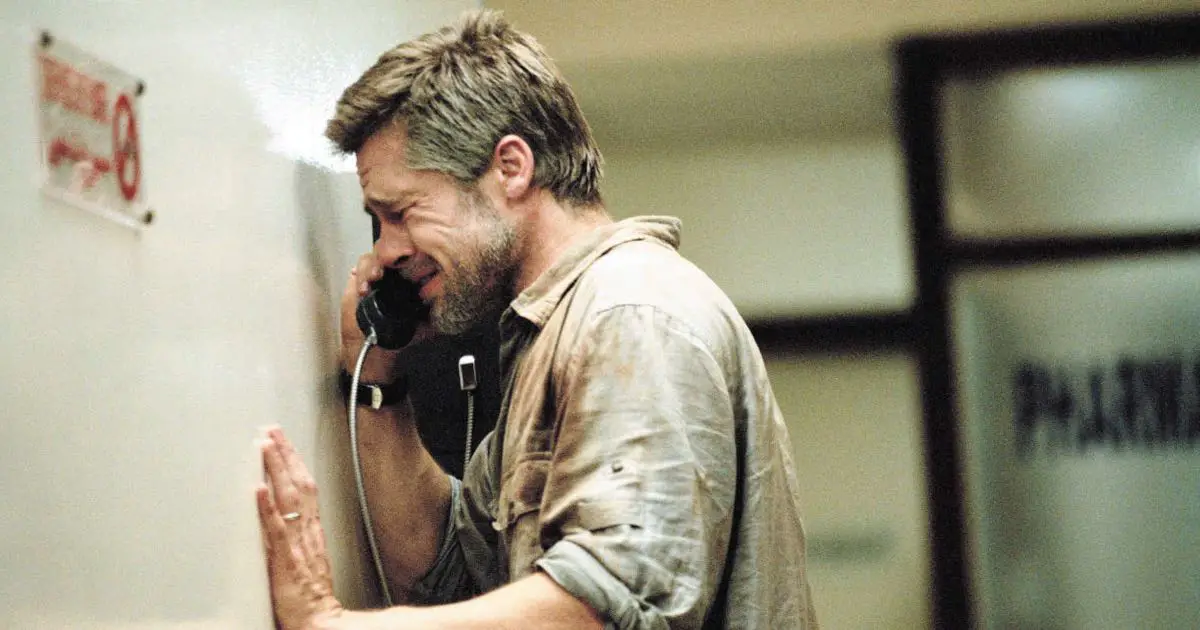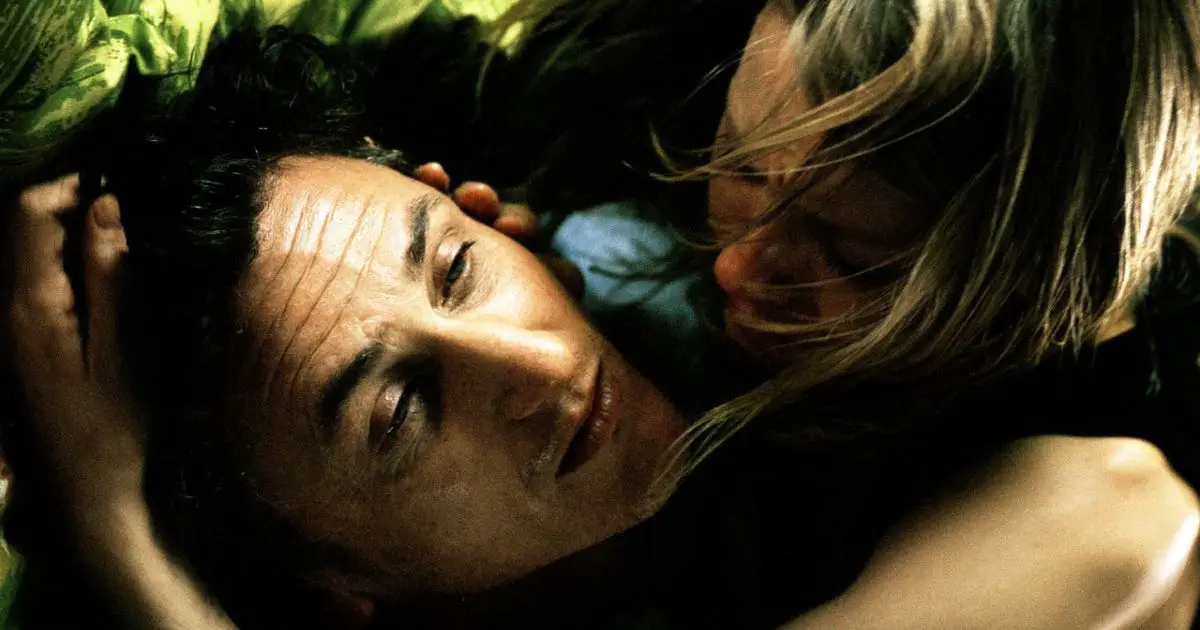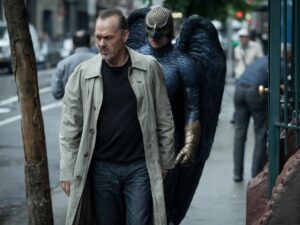The human condition is an enigmatic subject. Deciphering it requires an inquisitive, innovative and creative mind that braves all the obstacles of the human brain. After all, it is fraught with complexities. Growth, emotionality, aspiration, conflict and mortality are but a few overwhelming aspects of this philosophically, psychologically and semantically profound division of study. Yet, while tackling these mortal entities slowly trudging towards the inevitable, one director does not shy away from portraying the rawest and most human parts of this mysterious leviathan called humanity. Alejandro González Iñárritu has achieved the impossible. He has cracked the code of the human mind. And his movies focus on this very factor and brings out the individual differences while zeroing in on the shared challenges, questions and characteristics of humanity as a whole.
Alejandro Iñárritu is a multi-hyphenate artist whose diverse artistic pursuits have led him to profoundly explore the human condition. Born in Mexico City in 1963, Iñárritu left school at the age of 16. He aspired to be a commercial sailor which led him to many transatlantic journeys. Nevertheless, he came back to finish his education and became a radio show host. In fact, he was quite popular in the 1980s as a DJ at WFM, one of Mexico’s well-known rock stations. His foremost interest was in music. He entered the film industry as a music composer but considered himself a bad musician, and eventually became a filmmaker.
Prior to becoming a filmmaker Inarritu started his own company in the early 90s and focused on Mexico’s growing advertising industry. In a span of few years, he established himself as a top advertisement creator of the country. And soon, Iñárritu brought back the world’s attention to Mexican cinema.
One of the important reasons for the success of his earlier works is Inarritu’s collaboration with writer Guillermo Arriaga. Iñárritu’s works of art are sublime in nature. They perforate your mind and you find yourself drifting within a space created by the union of art and your subconscious. Such euphoric pleasure combined with the complete acceptance of the inevitable, while killing the fear of impending doom within oneself is nothing short of cathartic.
And that his films are so beautifully shot is a cherry on top. They are visual marvels. Each and every frame is unbelievably magnificent. Sweeping long takes, extreme low angles, visceral close-ups, single shots. You name it, he’s got it. The movies he makes are all concise statements about life. There is nothing more exhilarating than exploring oneself through art created by him.
Here’s my ranking of Inarritu’s small yet well accomplished filmography:
6. Biutiful (2010)

What if you were to know you’re about to die? What if you had only some more time left in your life — a life uneventful and tragic. What would you do? How would you piece together the broken pieces of yourself? Would you even try? These are some of the questions the film deals with. Javier Bardem plays Uxbal, a middle-aged family man from Barcelona who works in the black market trade. When Uxbal learns that he has terminal cancer, he decides to weed out the messy aspects of his life. But that proves to be hard since deception and death surrounds him. What follows is a fearless examination of themes such as parenthood, morality, grief, love, and guilt.
Javier Bardem’s mesmerizing performance and Iñárritu’s exploration of a multilingual and multiracial society deserves special mention. Among the four movies Iñárritu made till Biutiful, it was his most linear film though there are magical realist subplots that gently touch upon the themes of spirituality and redemption. Iñárritu’s collaboration with writer Guillermo Arriaga came to an end after Babel. The film was based on Inarritu’s own story. Nevertheless, the sharpness and steadiness in Arriaga-Inarritu script seems to be missing in Biutiful.
The narrative’s emphasis on the decay and desolation in the globalized world comes across as too oppressive or protracted at times. Unlike the Death trilogy the melodrama here feels forced and the characters of Uxbal’s family are close to caricatures. Iñárritu keeps us engaged visually, but the superfluous writing doesn’t live up to the film’s ambition.
5. Babel (2006)

Babel is an amazing psychological thriller that employs Iñárritu’s unique hyperlink narrative style. It revolves around four seemingly unrelated narratives. But each fateful encounter unwittingly impacts the lives of the characters hailing from different socioeconomic backgrounds. The domino effect is the strongest and saddest here among all of Iñárritu’s hyper-link cinema. Babel, in a way, could be dubbed as a globe-trotting film. The story stretches from Morocco to Mexico and from the US to Japan. Despite the promises of globalization, Babel shows us a world where communications have broken down between different cultures and been replaced with hostility.
Staying true to its expansive scope, the movie demonstrates how the most futile and smallest of things can lead to nation-wide emergencies. It shows the dog-eat-dog nature of the post-9/11 world where an ‘us’ vs ‘them’ narrative is being formed. Illegal immigration, terrorism, and impoverishment are all the end results of first-world countries’ apathy and thirst for power.
In such a world where conflict is ever so pervasive, a boy trying out a rifle can ultimately shake a nation. In fact, it is a groundbreaking experiment in storytelling. The depth of each narrative and the symbols like the torn red dress stand out as the prime highlights of the film. Iñárritu’s brilliant craft focuses on the micro as well as the macro aggressions. Alongside world politics, it deeply deals with themes of memory and trauma. All in all, Babel was a truly experimental and successful film that moves seamlessly through various geographical as well as metaphorical topoi.
4. 21 Grams (2003)

Non-linear narratives are synonymous with Alejandro González Iñárritu. The earlier works of Iñárritu revolved around unfortunate people, with death playing a crucial role in the narrative. In fact, it was labeled the Death trilogy. 21 Grams is the second part in the trilogy. It is replete with religious symbolism and a plethora of imagery which resonates with the psychological, social, emotional and situational background of the characters.
The themes of love, faith, grief, and revenge are handled in ways you don’t expect from a Hollywood drama. 21 Grams is sandwiched between Iñárritu’s debut feature Amores Perros and Babel. Here, he takes his hyperlink narrative to an extreme, where each scene is a puzzle piece in the tense yet fragmented story. The narrative revolves around three people whose lives collide in an unpredictable manner. An ex-convict who has embraced religion while trying to mend his ways. A suburban housewife, who loses her beloved husband and two daughters in an accident. And a man waiting for a heart transplant.
The film takes the familiar narrative framework of coincidental thrills and elevates it to a transcendental level. According to popular and critical belief, this sort of trope is usually written off as convoluted or manipulative. Here, it’s well used and offers a deep emotional connection that considers all the implications of a tragic event. This allows us to enjoy what is essentially life — a conundrum of coincidences and unexpected occurrences.
3. The Revenant (2015)

The Revenant is based on a 2002 novel by Michael Punke. The narrative revolves around the 19th century American fur trapper’s struggle in the Mississippi wilderness. Central to this tale was the survival of Hugh Glass, a fur trader and explorer who was left to die by his companions after he got mauled by a grizzly bear. Punke’s fictional re-telling took the basic survival tale of Glass and added his own narrative components. Iñárritu’s adaptation (co-written by Mark L. Smith) also differs from Punke’s novel. But in a really good way. Set in the year 1823, Iñárritu creates a visually ingenious work that perfectly conveys one uncompromising individual’s determination to survive against increasingly difficult odds.
Tom Hardy plays Fitzgerald, the face of evil and greed who decides to abandon Glass. The man also kills Glass’ half Native American son Hawk. Iñárritu and cinematographer Emmanuel Lubezki transport us to the hardships of frontier life where death and destruction come in many forms. The narrative is brilliantly anchored by Leonardo DiCaprio’s fully committed performance as Hugh Glass. Both his performance and Iñárritu’s direction amplify the intensity and tension in the narrative.
What The Revenant largely lacks, unlike other Iñárritu’s works, is emotional depth. Glass’ desire for revenge is understandable. But Glass and Hawk’s relationship lacks the tenderness or depth which keeps us from emotionally investing in the film. Moreover, the ending feels numb and cold. It’s one thing to deny the viewers catharsis in a tale of revenge. But the film ends without making us feel anything. Nevertheless, Iñárritu’s bold style, luscious surroundings, and central performance keep us immersed in this terrifying vision of the New World.
2. Amores Perros (2000)

Amores Perros is a wild ride through the crime-ridden Mexico City. In fact, it opens with a thrilling car chase which results in a crash. The accident becomes the point where the film’s three narratives interconnect. The graphic violence and brutal realism that the movie portrays has been criticized by many. But once you watch the film for what it really is, you’ll find that the violence, the dog fights, the stabbing, and the betrayals, all had a specific purpose to realize. And their purpose was to create an impression of a hyperreality that closely resembles our reality yet has a distinct atmosphere to it that distinguishes it from the world we live in.
This form of artistic capability allows for a more mature movie that touches on various aspects, both sociological and psychological, of the criminal underground.
The psychology of those who are forced into crime, those who willingly commit a crime and those whose crimes are unregistered within their own psyche becomes crystal clear. Amores Perros might tempt us to compare it with Tarantino’s Pulp Fiction. Tarantino’s best work might have a superior structure and brilliantly plays with the form. But Iñárritu and his co-writer Guillermo Arriaga deliver a strong emotional impact out of situations and confrontations we rarely witness in cinema. Moreover, Iñárritu and his cinematographer Rodrigo Prieto turn Mexico City into a character. Its contrasting landscape as well as people add multiple-layers to the setting. It’s absolutely rare for a debut filmmaker to achieve such raw level of immediacy. Amores Perros might lack depth, but the filmmaker makes up for it with his grand vision.
1. Birdman (2014)

Mere words are not enough to describe the brilliance of this amazing film that blurs the lines between fantasy and reality. Birdman is a wonderful film that mixes the genre of magic realism with metaphors of self-worth and self-loathing. Iñárritu brilliantly keeps up the illusion of single take throughout the narrative, and further unsettles us by not including any conventional editing elements. This single-shot trope works perfectly in tandem with the story since it reflects the ambition and attitude of the players involved in theater. In other words, it’s a simulacrum of a theatrical production which also smoothly incorporates different narrative threads.
It lends a dreamlike quality to the proceedings. This creates a hallucinatory effect for the audience as well. A scene where we hear drum beats as a background track followed by watching the drummer playing on the street is particularly intriguing. The line between what’s real and what isn’t is blurred so perfectly and stylistically that it feels both exhausting and exhilarating. The hidden messages are like gems buried in an already bejeweled presentation.
Birdman largely revolves around a down-on-his-luck actor Riggan Thomson (Michael Keaton). He decides to make a comeback in Broadway adapting a Raymond Carver story. But nothing goes as intended. Apart from his tumultuous relationship with co-stars and his own plethora of personal issues, Riggan Thomson is also haunted by the voice of Birdman, a superhero franchise character once played by the actor. The film is an exhilarating study of ego, vulnerability, and self-doubt set amidst the dog-eat-dog world of theater. It brilliantly brings together Iñárritu’s subversive imagery and layered writing.
Conclusion
There we are! This is our ranking of Iñárritu’s brief yet wide-ranging filmography. The massive appeal that Iñárritu enjoys is completely justified. His movies go beyond conventions. His work often reflects the many facets of reality. Though, his recent films tell us that he is no longer interested in making realistic cinema.
Birdman and The Revenant indicate that he is now more inclined towards exploring the psychological and emotional aspects of a narrative than the unflinching social reality. His Carne y Arena (2017) is an interesting virtual-reality installation that examines the stories of immigrants and refugees by breaking the traditional narrative set-up. Iñárritu‘s upcoming comedy film Bardo looks promising. It marks his return to Mexico City after Amores Perros, and sounds like a unique exploration of Mexican social and political identity.
Each of the films listed above are unique in their own right. Tell us your top 3 Alejandro Iñárritu movies in the comments below and how you’d rank them.

